I think the Republican establishment in the senate is trying to undermine President Trump’s agenda.
It would be easy to repeal and replace Obamacare if the reasons for its failure where publicized. The main reason is that it does not align the initiatives of most of the stakeholders. The cost of administration is a close second.
Obamacare is about redistribution of wealth and control over the healthcare system. It ends up penalizing the middle class the most because of premium increases.
People like entitlements because they are free. Someone else is paying for them.
Politicians want to keep their jobs. They do not want to upset people who receive these entitlements.
“But the revisions may well alienate the Senate’s most conservative members, who are eager to rein in the growth of Medicaid and are unlikely to support a bill that does not roll back large components of the current law.
Even with more moderate Republicans on board, party leaders would have a very narrow margin for passage on the Senate floor.”
The healthcare insurance companies do not want to lose money selling healthcare insurance. They are getting out of the healthcare market because, by their calculations, they are losing money.
The Republicans establishment in the Senate want to continue to provide subsidies to the healthcare insurance industry.
Congress needs the healthcare insurance industry’s ability to provide administrative services whether it is for Medicare, Medicaid, health insurance exchange coverage (Obamacare) or private insurance.
The government’s goal is to provide enough financial incentives for the healthcare insurance industry to provide affordable healthcare insurance coverage while saving money.
President Obama subsidized the healthcare insurance industry for any perceived losses through the Obamacare reinsurance program. Then President Obama reneged on the agreement. He only paid 12% of what was owed according to the insurance industry’s calculations..
Democrats want a single party payer system. They want everyone on Medicare or Medicaid. It is simple. The result is the government provides healthcare insurance for everyone. Everyone receives first dollar coverage. This would be the mother of all entitlements.
The single party payer system would also provide the government with tremendous power over the people. It would control consumers’ freedom of choice.
Along with this simple single party system comes a complex bureaucracy with all the inefficiencies that I have described previously.
Consumers would be chained to the inefficient healthcare system. The inefficiencies in the system have been graphically demonstrated by the VA Healthcare System and its ever increasing costs.
It would be nice if a single party payer system were efficient and affordable. Canada has a universal healthcare system. Canadians who are not sick and do not need their healthcare system believe the Canadian system is great.
They ignore the fact that the Canadian provinces are paying 50% of their GNP to provide free healthcare to all Canadians.
“Canada’s health-care wait times costing patients many millions in lost time, wages”
“Ontarians wait longer for health care than citizens of other universal health-care countries”
The fact is single party payer systems do not work for all the stakeholders.Both Democrats and Republicans are missing the essential point about what would work to provide an affordable healthcare system that aligns the incentives of all stakeholders.An essential element is to develop a system that encourages consumers of healthcare to be responsible for their health and have control over their healthcare dollars.
The Senate’s present revision does not consider this. The Senate is considering the needs of the healthcare insurance industry and not the needs of consumers.
The Senate should be considering the following in order to repeal and replace Obamacare.
- My Ideal Medical Savings Account should be instituted immediately. It will provide financial incentives for consumers as well and incentives to maintain health.
Self-management of chronic disease is essential for a healthcare system to become affordable. My Ideal Medical Saving Account provides that financial incentive.
1. The Ideal Medical Saving Account will provide instant adjudication of medical care claims.
- The ideal Medical Savings Accounts will encourage patient responsibility for their health, the care of their disease and their healthcare dollars.
- The Republican Party should establish an organized system of disease management education for persons with chronic disease. The education system should be designed to be an extension of physicians’ care. It should not be a free-standing education system. Physicians should be provided with incentives to set up these educational systems.
http://stanfeld.com/chronic-disease-management-and-education-as-an-extension-of-physicians-care/
- A system of social networking with physicians and their patients should be developed. The government could provide the template for physicians and their team.
http://stanfeld.com/social-networks-patient-education-and-the-healthcare-system/
The networks could be physicians to patients networks, patients to patients networks, patients to their physicians’ healthcare team networks. These networks need to be an extension of the physician’s care. All encounters should be imported to the patient’s chart with certain restrictions.
- Social networking between physicians should also be developed.
- Integrated care systems with generalists to specialists must be developed for both treatment and cost transparency for the physicians and patients.
- There must be instant communication between physicians and patient via an effective electronic medical record. The EMR must be a teaching tool for physicians. It must not be a tool to judge physicians’ care and penalize them. The EMR should be cloud based. Maintenance and upgrades should be free and seamless. Physicians should be charged by the click.
- Tort Reform is an essential element in a healthcare system that would work and be affordable. It would decrease the cost of over testing. It would also decrease the cost of malpractice insurance and legal fees. These cost are built into the cost of care. The cost of care would be reduced significantly. http://stanfeld.com/?s=tort+reform
The goal of effective healthcare reform should be to align all the stakeholders’ incentives. Patient incentives should be at the center of this alignment.
Obamacare did not bother to try to align any of the primary stakeholders’ (patients and physicians) incentives. In fact Obamacare destroyed the patient/physician relationship.
The house bill to repeal and replace Obamacare touches on some alignment.
The senate is fighting about issues that are not significant in aligning all stakeholders’ incentives.
The healthcare system will not be repaired until all the stakeholders’ incentives are aligned. Healthcare policies must be put in place to align those incentives.
The opinions expressed in the blog “Repairing The Healthcare System” is, mine and mine alone.
All Rights Reserved © 2006 – 2017 “Repairing The Healthcare System” Stanley Feld M.D.,FACP,MACE
Please have a friend subscribe
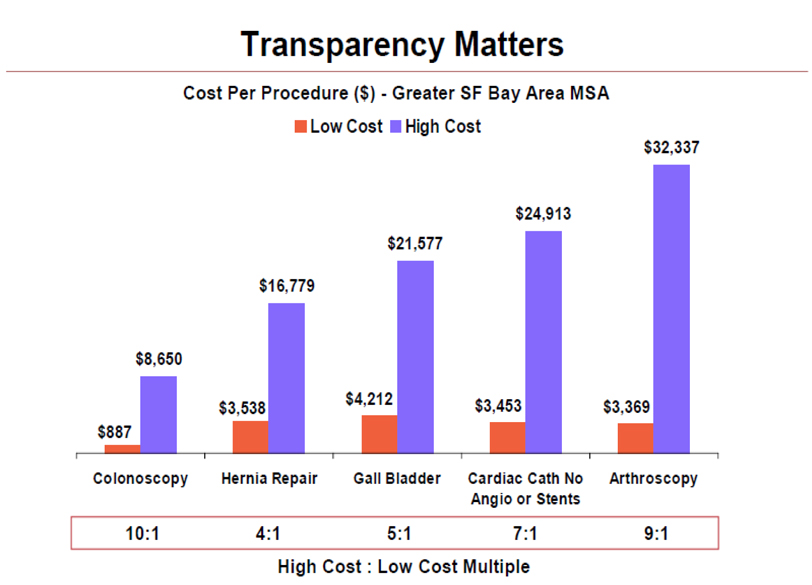
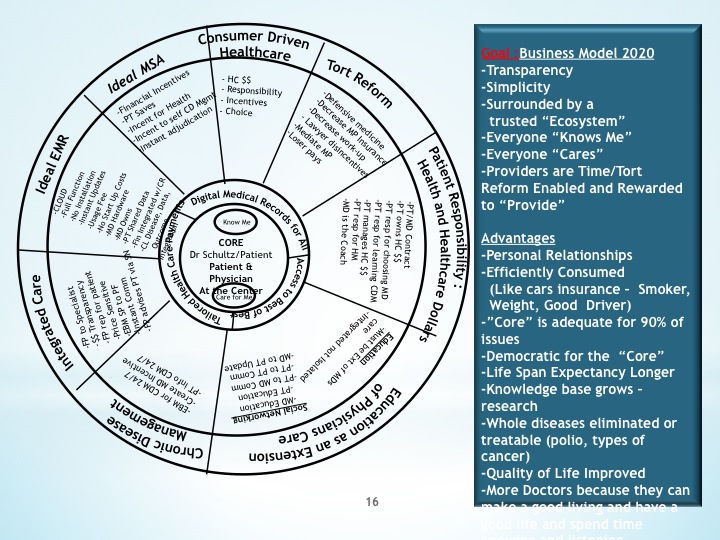
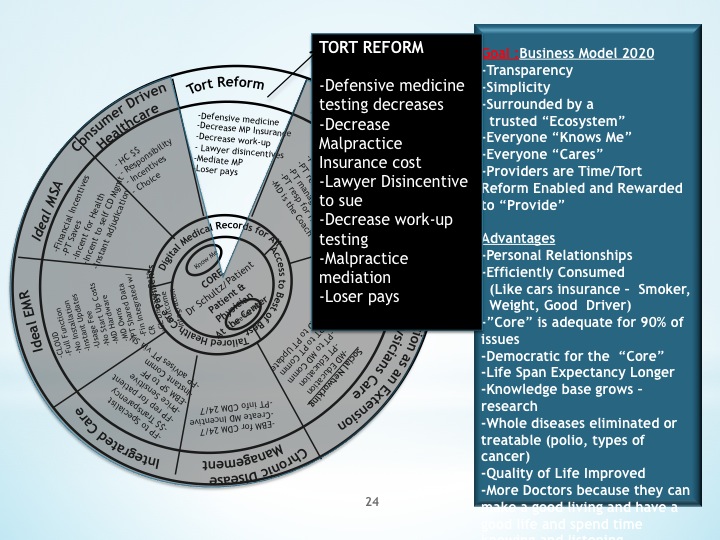
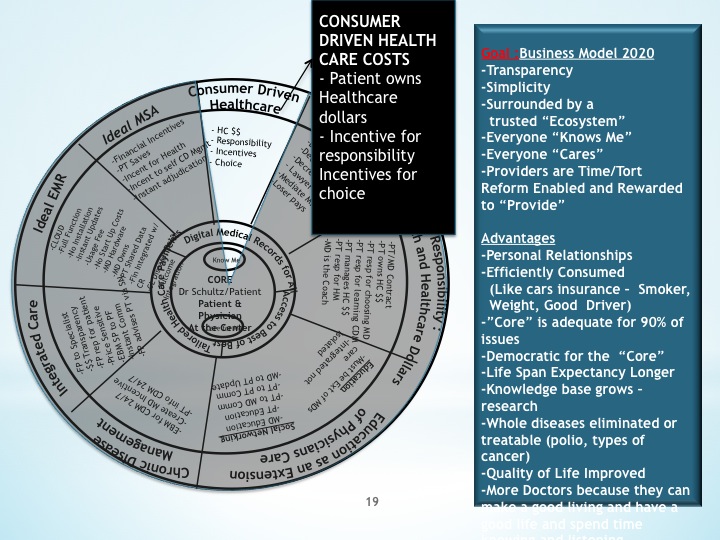
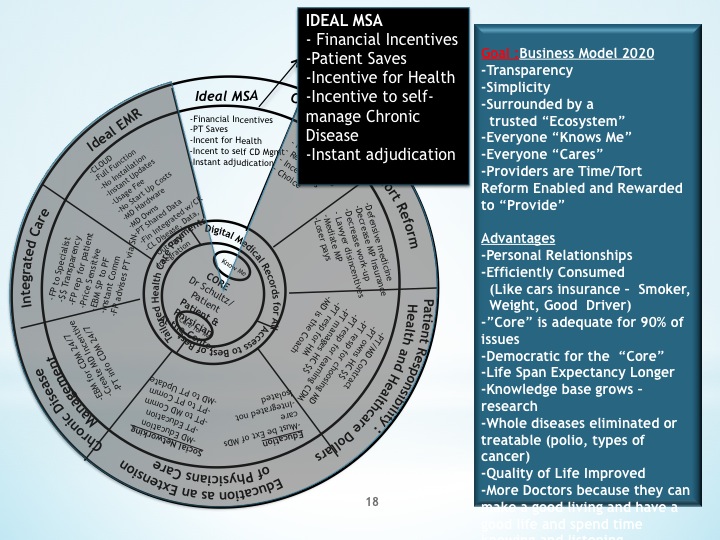
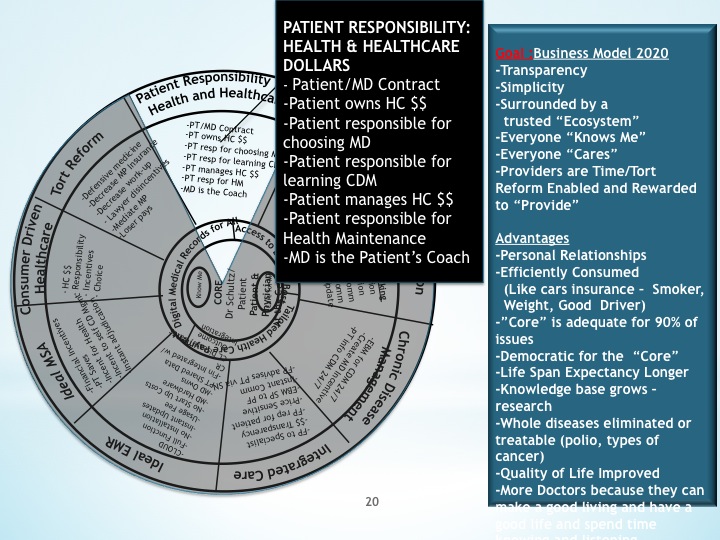
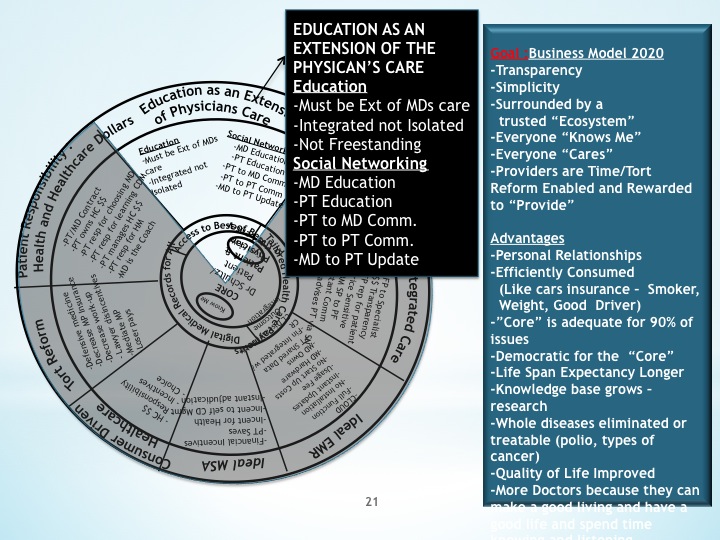
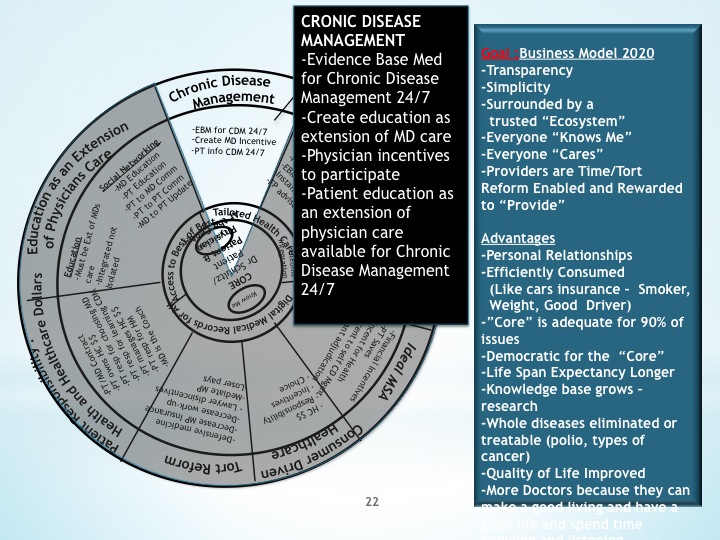
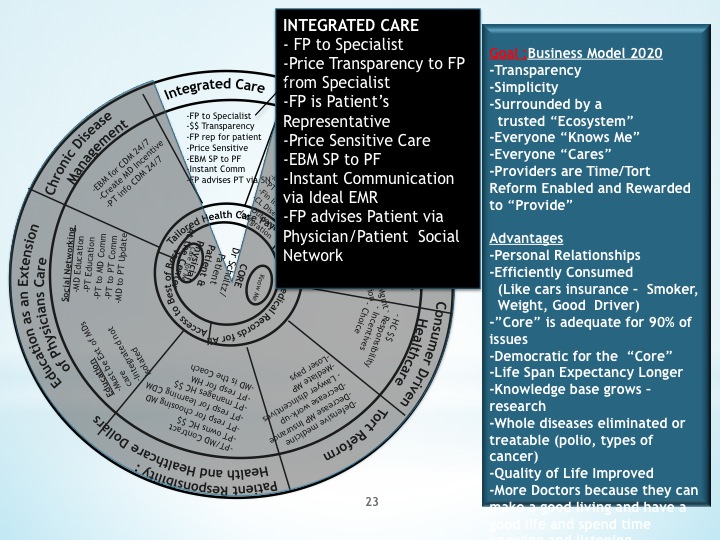
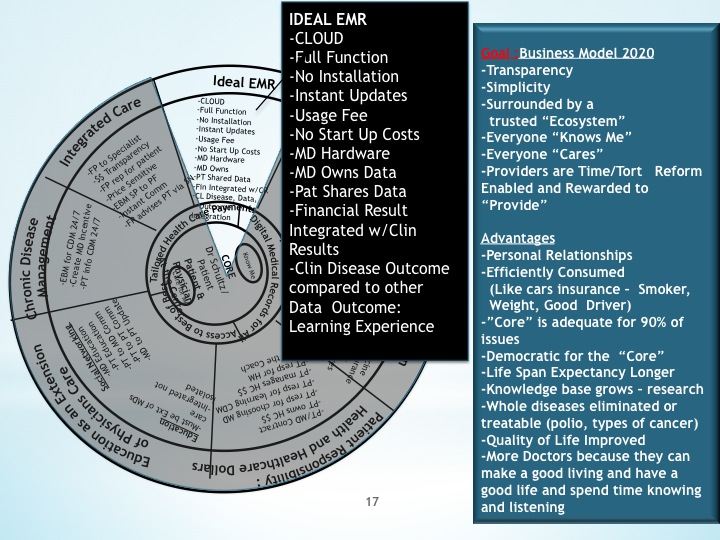

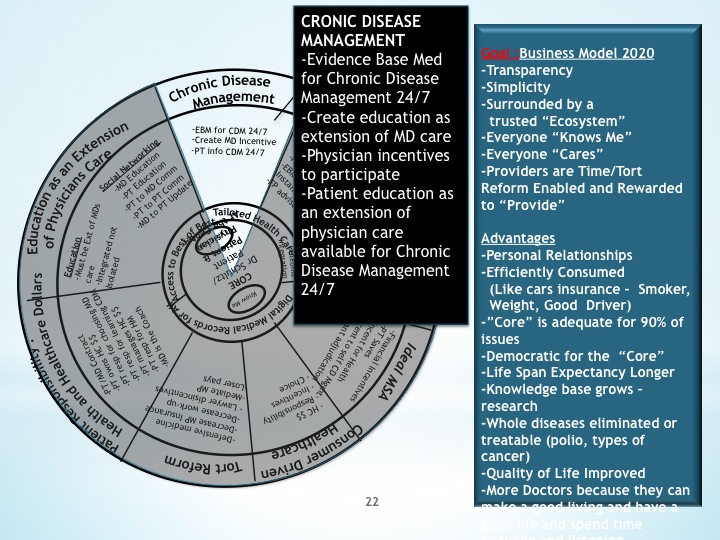
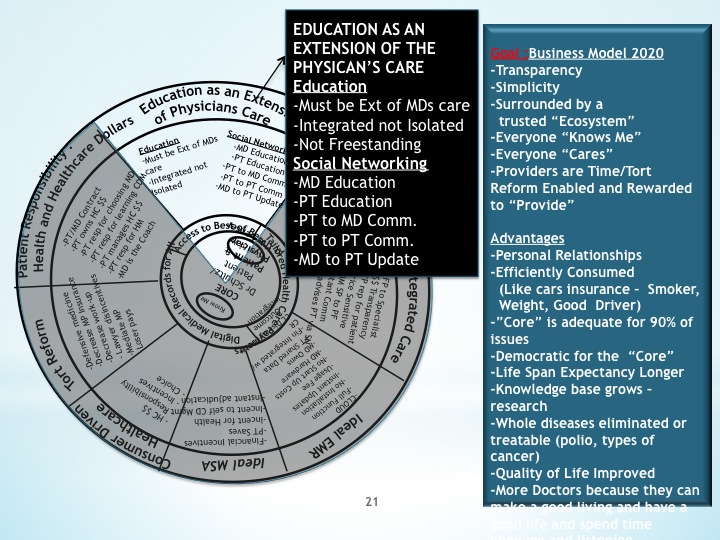


weight watchers unlimited nz
Repairing the Healthcare System: Price Competition for Medical Care